Rising Demand for Renewable Energy
The increasing emphasis on renewable energy sources is driving the Gap Conductor Market. As countries strive to meet energy transition goals, the integration of renewable energy into existing grids necessitates advanced conductor technologies. The demand for efficient energy transmission solutions is expected to rise, with the market projected to grow at a compound annual growth rate of approximately 6.5% over the next five years. This growth is largely attributed to the need for enhanced grid reliability and efficiency, which gap conductors can provide. Furthermore, the shift towards decentralized energy systems, such as solar and wind farms, further propels the need for innovative conductor solutions that can handle variable loads and improve overall system performance.
Infrastructure Development Initiatives
Infrastructure development initiatives across various regions are significantly influencing the Gap Conductor Market. Governments are investing heavily in modernizing electrical grids to accommodate growing energy demands and improve reliability. For instance, the expansion of urban areas and industrial zones necessitates the upgrade of existing transmission lines, which gap conductors can facilitate. The market is expected to witness a surge in demand, with estimates suggesting a potential increase in market size by 15% over the next decade. This trend is particularly evident in emerging economies, where rapid urbanization and industrialization are creating a pressing need for robust electrical infrastructure.
Regulatory Support for Energy Efficiency
Regulatory support for energy efficiency is a key driver of the Gap Conductor Market. Governments worldwide are implementing policies aimed at reducing energy losses in transmission systems, which directly impacts the demand for high-performance conductors. Incentives and subsidies for energy-efficient technologies are likely to encourage utilities to invest in gap conductors that minimize energy wastage. The market could see a substantial increase, with estimates suggesting a potential growth of 10% in the next few years as utilities align their operations with regulatory frameworks that prioritize sustainability and efficiency.
Increased Investment in Smart Grid Technologies
Increased investment in smart grid technologies is significantly impacting the Gap Conductor Market. As utilities adopt smart grid solutions to enhance grid management and reliability, the demand for advanced conductors that can support these technologies is expected to rise. Smart grids require conductors that can handle real-time data transmission and improve overall system efficiency. The market is projected to grow by approximately 12% over the next five years, driven by the need for enhanced grid resilience and the integration of renewable energy sources. This trend indicates a shift towards more intelligent and responsive electrical systems.
Technological Innovations in Conductor Materials
Technological innovations in conductor materials are reshaping the Gap Conductor Market. The development of advanced materials, such as aluminum alloys and composite conductors, enhances the performance and efficiency of electrical transmission systems. These innovations not only improve conductivity but also reduce weight, which is crucial for long-span transmission lines. The market is likely to experience a shift towards these advanced materials, with projections indicating a 20% increase in adoption rates over the next five years. This trend is driven by the need for more efficient energy transmission solutions that can support the growing demand for electricity.


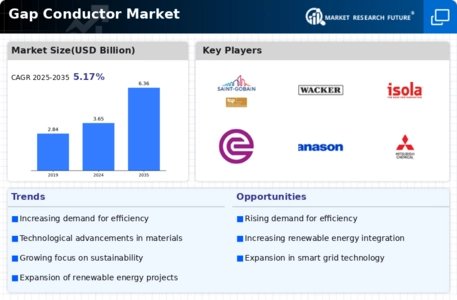
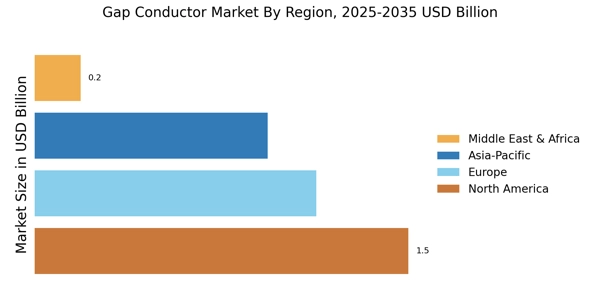
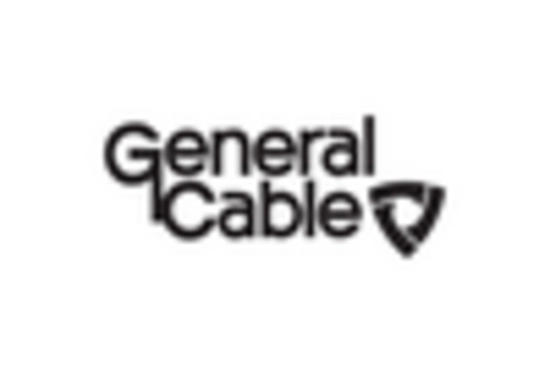
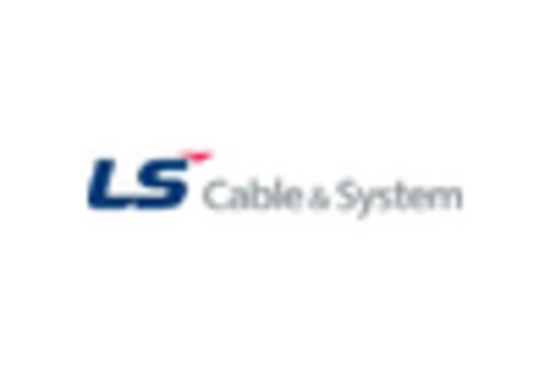
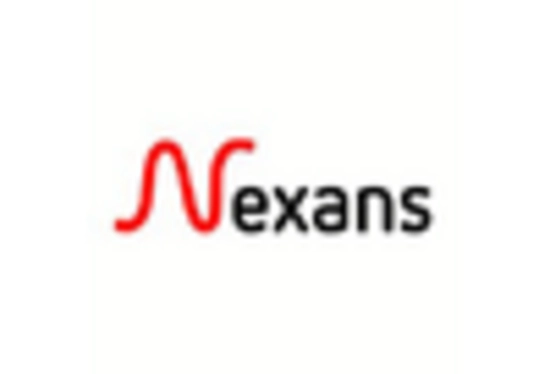
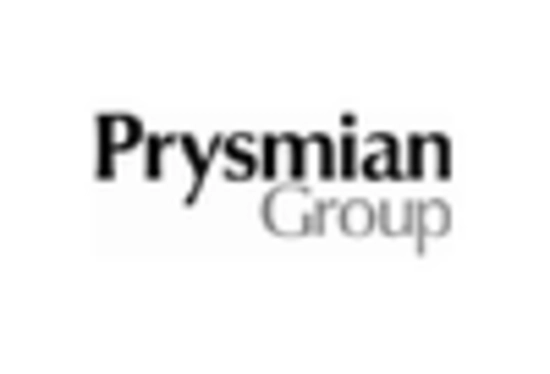
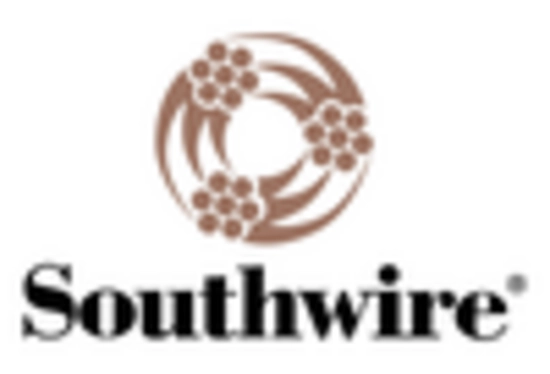
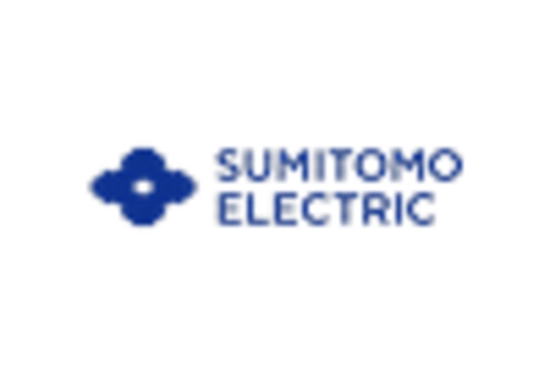








Leave a Comment